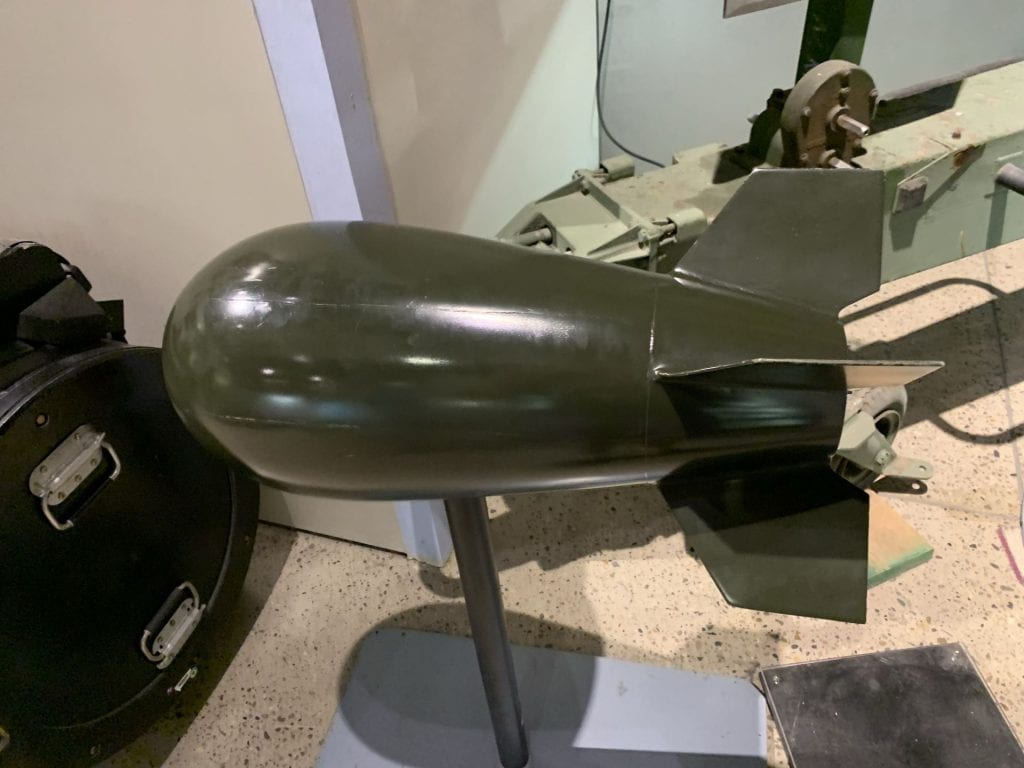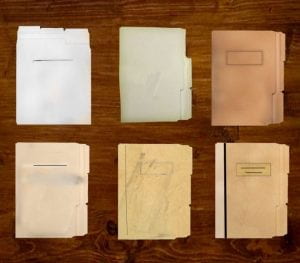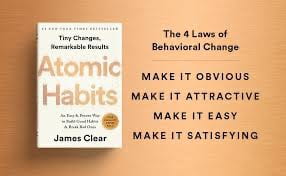In the latest PLP project, we explored how fear can be used as a tool for societal, technological, and governmental change; mainly through the lens of fear of nuclear weapons, in the quest to ultimately answer the driving question “How has fear been used as a political, defensive, and cultural tool to shape our society?”. So come along with me as I learn how nukes have shaped the world today.
This project started off strong with some over-the-holiday reading of the book Hiroshima by John Hershey. Once we were done reading and got back into school, we learned about a brand new PKM system called a “zettelkasten”. A zettelkasten is basically a second brain, consisting of many notes that can be made on anything you observe or learn throughout your day. It categorized notes into three categories:
Literature notes, which are summaries of a text and its message/themes without drawing your own conclusions
Permanent notes, which are specific ideas or concepts that you can create or learn
Fleeting notes, which are quick jots of any random thought you have that you should look back on again later and process into one of the other two types.
Now the notes are very helpful on their own, but the zettelkasten I used really shines because of the connections. Each note has a section at the bottom filled with my own thoughts, idea, links to sites or other notes, and much more. I found when I was making my final product it was easy to use this section to add more depth to my thoughts just by looking at the connections page.

I decided to make my zettelkasten a space in craft, as I already stored many personal notes in there before the project. I was actually able to convert many of my own “fleeting notes” into processed permanent notes after the project was over as well. I usually abandon most of the documents of my learning after a project, but with the zettelkasten system, I found myself actually keeping on using it after the project ended and retaining far more information than I think I would’ve normally.
The first processed note added to my zettelkasten was a literature note on the book I mentioned far above, Hiroshima. It my first time making a literature note, so I had a little trouble, but in the end making a note on the book helped me gain a much deeper understanding of the text, which made it worth it.
The next step of the project was to create three or more permanent notes based on the reading we did. Here are mine:
Found Footage/Pseudo Documentary permanent note
Cost of Targeting Civilians permanent note
I found making these permanent notes, surprisingly, very enjoyable. It was the first time an awhile a school assignment really made me think critically and create something of my own.
Although the building knowledge section of any project, especially this one is important, I will not include much it in my blog post. The book Hiroshima was an awesome read, and we actually read another book “fallout” which depicts the story of families in a bunker after a nuclear strike. We also read or watched many secondary texts to gain a more complex understanding, including an article about America’s reporting of the bomb dropping, a documentary series about the Cold War, and the movie “Turning Point”.
After what felt like everything about nukes had been learned and recorded in my zettelkasten, I started work on my final product, starting with the development of a narrowed-down inquiry question.
I started off knowing I wanted to look into the technological aspects of nuclear bombs, but ran into problems when I tried to connect it to the driving question. After some time and lots of thinking, I came up with this: How Does the Fear of Nuclear War Influence Scientific and Technological Development?.
After creating a more clear goal for the information in my final product, I started outlining how I can share the information I learned. I wanted something engaging (at least something I would find engaging) and also thought provoking. I decided telling two stories, one what actually happened, and one an alternate reality where nukes were never invented, would be compelling and fit my goals for the product.
For the next two weeks I worked on my product, ultimately leading to my answer to the driving question: this presentation
Thanks for reading my blog post, and hopefully I will see you again in the next one.










































